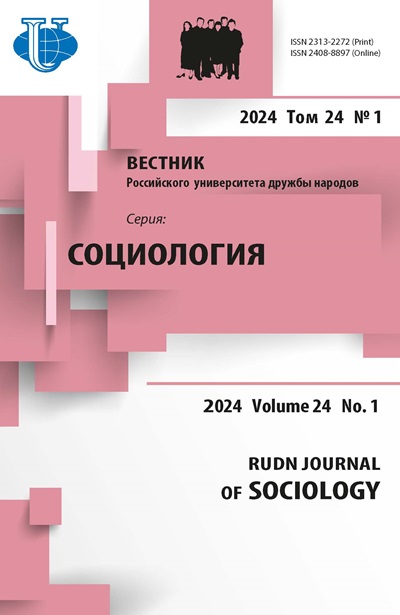The social base of NSDAP: Reasons for Nazis success in 1928-1933 elections
- Authors: Shults EE1
-
Affiliations:
- State University of Nizhny Novgorod named after N.I. Lobachevsky
- Issue: No 1 (2015)
- Pages: 42-53
- Section: Articles
- URL: https://journals.rudn.ru/sociology/article/view/6102
Cite item
Full Text
Abstract
The article focuses on four key questions that, in the author’s opinion, help to explain the results of 1928-1933’s elections in Germany, although there are no definite answers to these questions among scientists: 1) was the electoral growth of NSDAP exhausted in the Reichstag’s elections in July 1932; 2) did the German working class vote for NSDAP; 3) what was the role of the protest electorate and its chances to mobilize supporters; 4) what was the role of young voters. The author concludes that the electoral potential of NSDAP had not been exhausted by the July elections of 1932, and the Nazis lost voices in November 1932 not just in several lands, but nationwide due to the drop of voters’ turnout. Among NSDAP supporters, perhaps, the share of workers was less than among SPD or KPG voters, and the share of peasants less that among the Centre Party or the right-wing parties, but the number of these NSDAP voters in absolute terms was too big to deny their role in the results of 1928-1933’s elections. The analysis of these election campaigns confirms that NSDAP successfully “saddled” protest and young voters, however, these groups alone were not enough to provide the party such an electoral support that made it dominant. Nazis managed to create “a huge national front” opposed to “right” and “labor” parties and to replace all class slogans. That is why young voters (under 30 years) and the most active voters (age groups from 30 to 45 years) in all social classes voted for NSDAP, thus ensuring the Nazi Party such an incredible success.
About the authors
E E Shults
State University of Nizhny Novgorod named after N.I. Lobachevsky
Email: nuap1@ya.ru
Chair of International Relations
References













